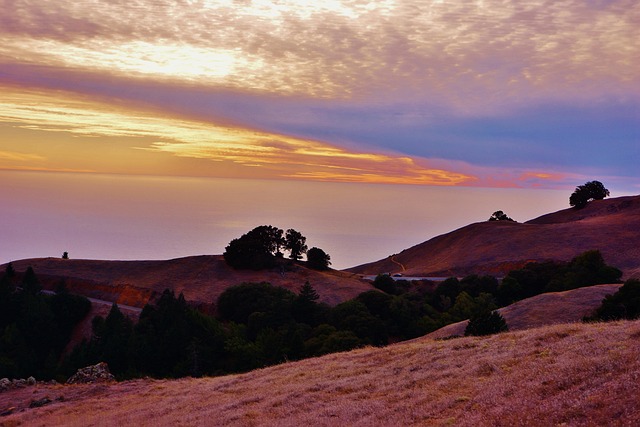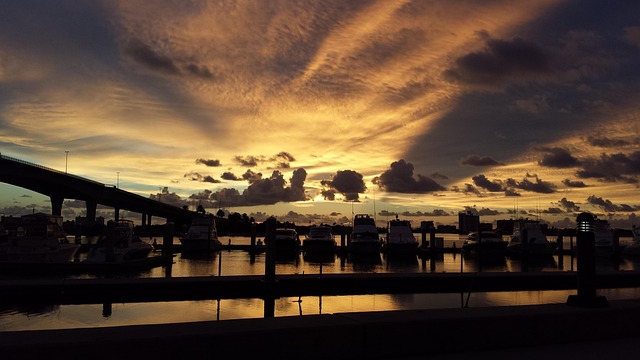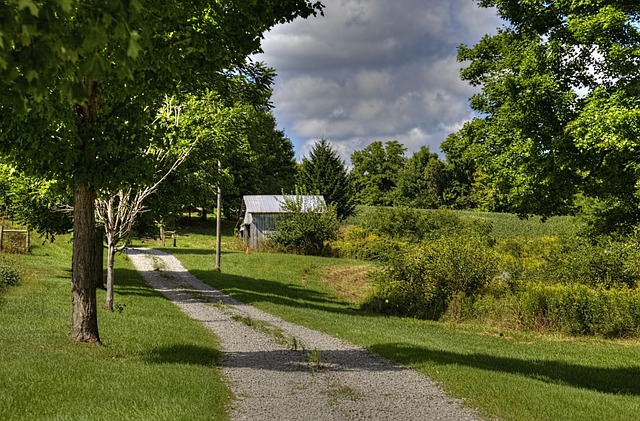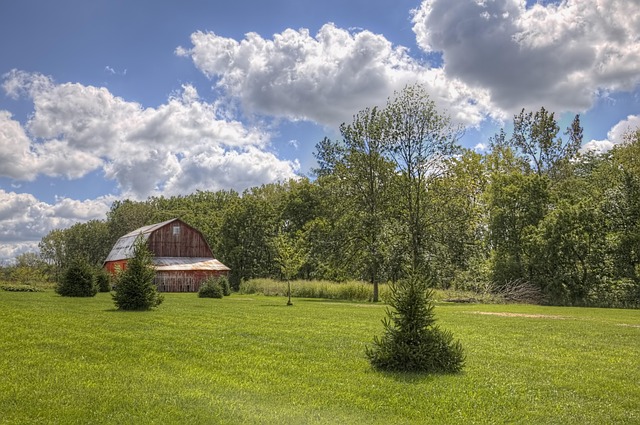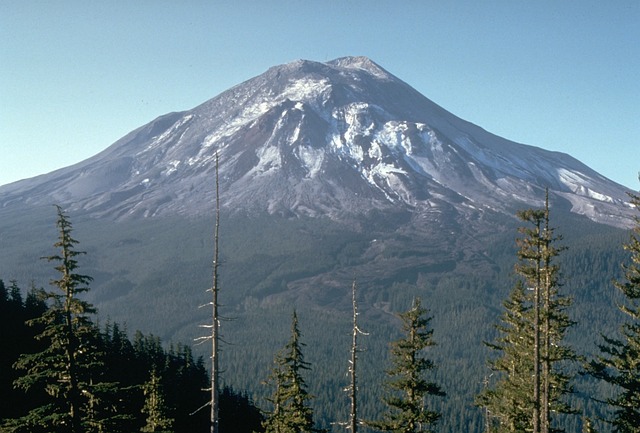Outdoor recreation opportunities significantly impact real estate markets by enhancing property values and appealing to a wide range of buyers, especially those seeking work-life balance. In today's digital age, properties close to parks, hiking trails, and lakes are in high demand due to the year-round trend of outdoor activities. Real estate agents capitalize on this by highlighting outdoor amenities as key selling points. Developers have responded with communities centered around outdoor lifestyles, influencing urban and suburban development alike. Access to outdoor recreation boosts property value and desirability, particularly in regions known for their scenic landscapes, leading to premium pricing for properties with prime views or proximity to natural attractions.
Discover how year-round outdoor recreation opportunities can significantly enhance property value in your area. From winter sports to summer adventures, diverse activities cater to all ages, making regions with abundant recreational offerings more desirable and valuable. Explore the connection between access to nature and real estate, including case studies of properties near hiking trails, parks, and recreational areas. Learn about sustainable living practices that attract eco-conscious buyers and position real estate as a force for positive change in the community.
The Outdoor Recreation Advantage: Enhancing Property Value
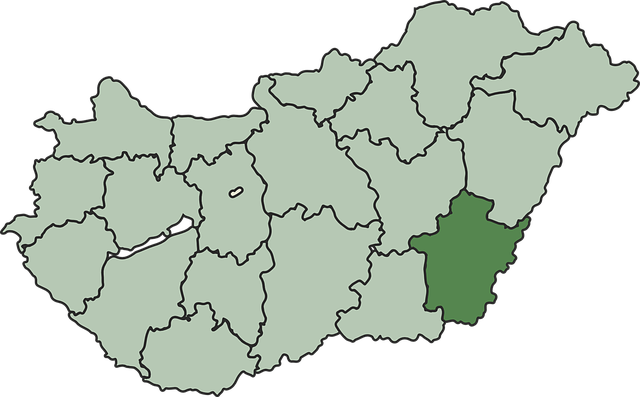
Outdoor recreation opportunities can significantly enhance property values, making it a key consideration for real estate markets. When potential buyers browse properties, they often seek locations that offer easy access to nature and outdoor activities. A well-maintained park nearby, scenic hiking trails, or even a local lake can attract buyers looking for a more active lifestyle. These amenities not only appeal to recreational enthusiasts but also cater to families seeking healthy outdoor experiences.
This advantage is particularly noticeable in today’s digital era where folks are increasingly mindful of work-life balance and the importance of nature in their daily routines. Properties situated within or close to recreational hotspots can command higher prices due to their desirability. Real estate agents often highlight these features as selling points, understanding that outdoor recreation opportunities contribute to a community’s overall appeal and quality of life.
– Exploring the connection between outdoor recreation and real estate
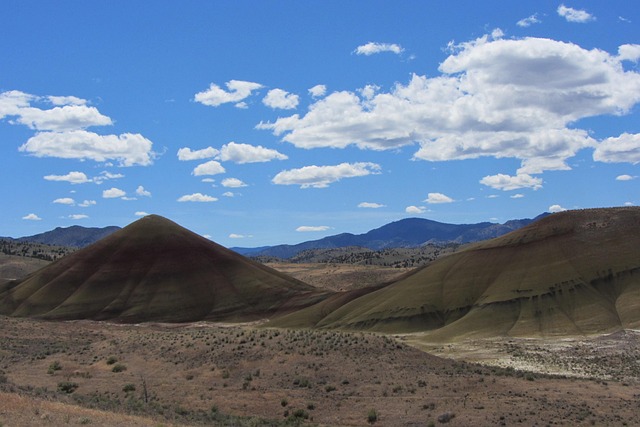
Outdoor recreation is no longer a seasonal pastime but a year-round activity that significantly influences real estate markets. As folks increasingly recognize the health and wellness benefits of nature, they seek homes that allow easy access to outdoor adventures. This shift in preference has led to a surge in demand for properties located near hiking trails, parks, lakes, and other recreational hotspots.
Real estate developers have taken note, creating communities designed around outdoor lifestyles—from nature-focused neighborhoods with shared green spaces to luxury resorts offering direct access to scenic trails. These developments not only cater to recreation enthusiasts but also attract a broader market of buyers who value the connection between their homes and the outdoors. This integration of real estate and outdoor recreation has become a powerful driver for market trends, shaping urban landscapes and suburban communities alike.
– How access to outdoor activities impacts property desirability and pricing

Access to outdoor recreation opportunities significantly influences property desirability and pricing in real estate. In today’s digital era, where folks increasingly value active lifestyles, properties nestled in areas offering year-round outdoor activities enjoy higher demand. This is evident in bustling metropolises and vibrant communities alike, where residents seek easy access to nature trails, parks, hiking trails, and other recreational amenities. As a result, real estate values tend to be higher in these locations, reflecting the premium that buyers place on outdoor accessibility.
This trend is particularly noticeable in areas known for their lush landscapes and diverse recreational offerings. Properties with scenic views, proximity to rivers or lakes, or situated within national parks often command premium pricing due to their allure as retreats or second homes. In contrast, properties located far from these attractions may face challenges in terms of desirability and selling prices, unless they offer unique features that compensate for the lack of outdoor accessibility.
